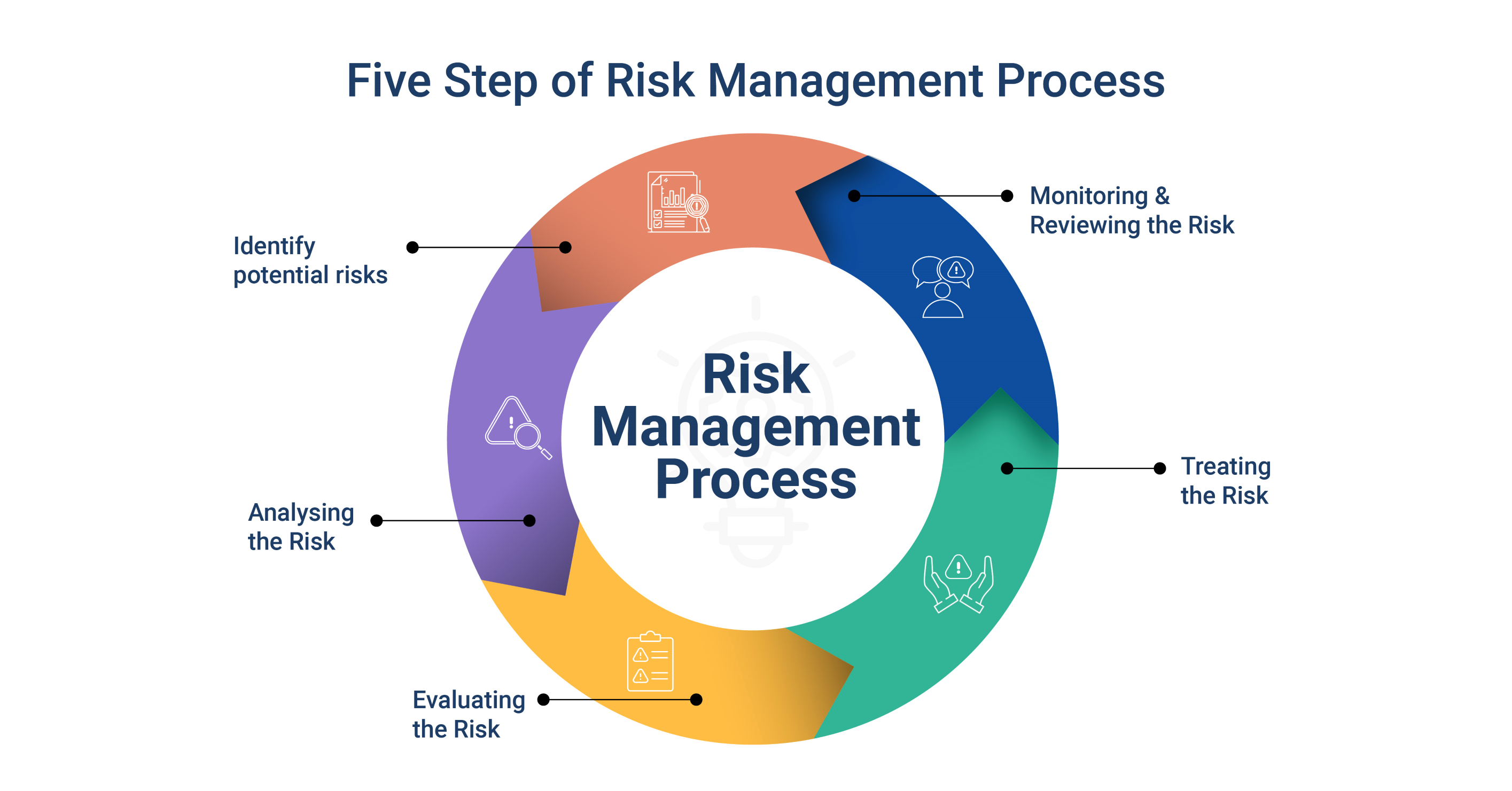As a member of the risk management research team, I would analyze the risk profile report to identify potential opportunities for organizations operating globally. Here's a step-by-step approach to conducting the analysis:

Understand the Risk Profile Report: Carefully review the risk profile report to gain a comprehensive understanding of the risks identified. Identify the key risk areas, such as operational, financial, market, legal, regulatory, reputational, and strategic risks.
Identify Risk Mitigation Strategies: Evaluate the risk mitigation strategies outlined in the report. These strategies may include risk avoidance, risk transfer, risk reduction, risk acceptance, or a combination of these approaches. Assess the effectiveness of these strategies in managing identified risks.
Assess Geographical Risks: Identify specific risks associated with operating globally. Consider geopolitical risks, country-specific regulations, political stability, exchange rate fluctuations, cultural differences, and supply chain vulnerabilities. Assess how these risks may impact the organization's operations.
Evaluate Industry-Specific Risks: Understand the risks specific to the organization's industry. Research industry trends, technological advancements, disruptive innovations, and emerging market opportunities. Identify risks that may arise from these factors and evaluate their potential impact.
Identify Risk-Related Opportunities: While focusing on risk mitigation, it's important to identify potential opportunities that may arise from the risks themselves. For example:
a. Market Expansion: Assess whether risks in one region can be mitigated through diversification into new markets or regions. Identify emerging markets with growth potential that align with the organization's capabilities.
b. Strategic Partnerships: Evaluate the possibility of forming strategic alliances or partnerships to mitigate certain risks. This could involve sharing resources, knowledge, or expertise with other organizations to create a mutually beneficial relationship.
c. Technological Advancements: Identify technological solutions that can help mitigate risks and enhance operational efficiency. For example, implementing advanced analytics, cybersecurity measures, or automation systems can reduce operational and security risks.
d. Regulatory Changes: Evaluate the potential opportunities that may arise from regulatory changes. These changes may create new market niches, remove barriers to entry, or enable the organization to differentiate itself from competitors.
e. Reputation Management: Focus on managing reputational risks by implementing robust communication and public relations strategies. Building a strong brand and positive public perception can lead to enhanced customer loyalty and increased market share.
Prioritize Opportunities: Once potential opportunities have been identified, prioritize them based on their alignment with the organization's goals, resources, and capabilities. Conduct a cost-benefit analysis and assess the feasibility and potential returns of pursuing each opportunity.
Develop Action Plans: Create action plans for the selected opportunities, outlining the necessary steps, resources required, and timelines. Assign responsibilities to appropriate teams or individuals and establish a monitoring and evaluation mechanism to track progress and ensure accountability.
By following these steps, you can leverage the risk profile report to not only mitigate risks but also identify potential opportunities for organizations operating globally.
Comments
Post a Comment